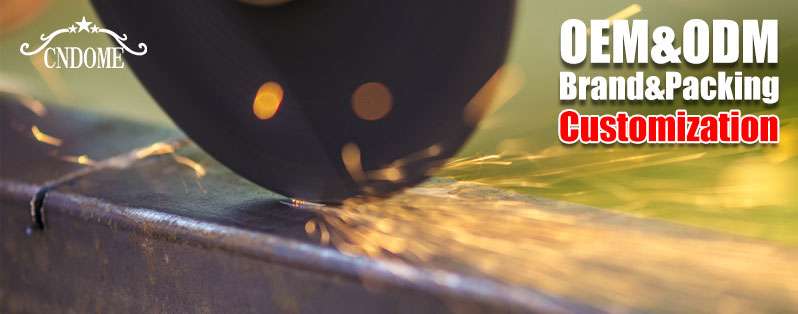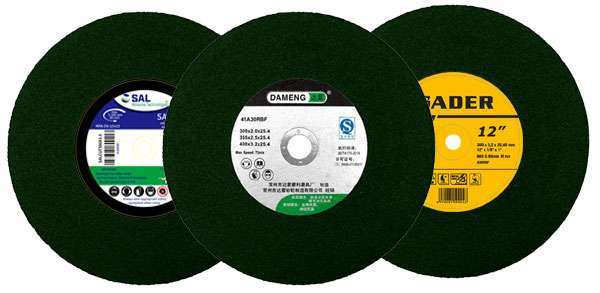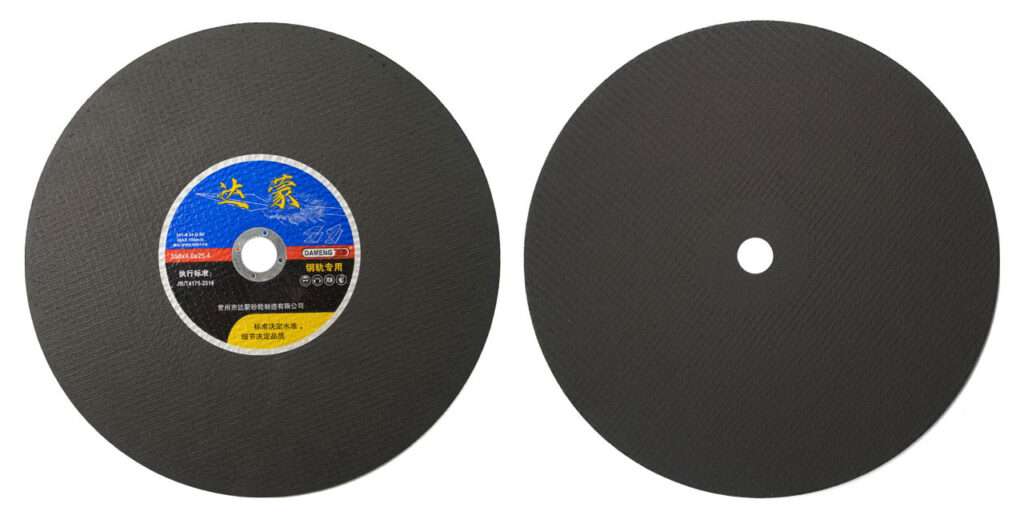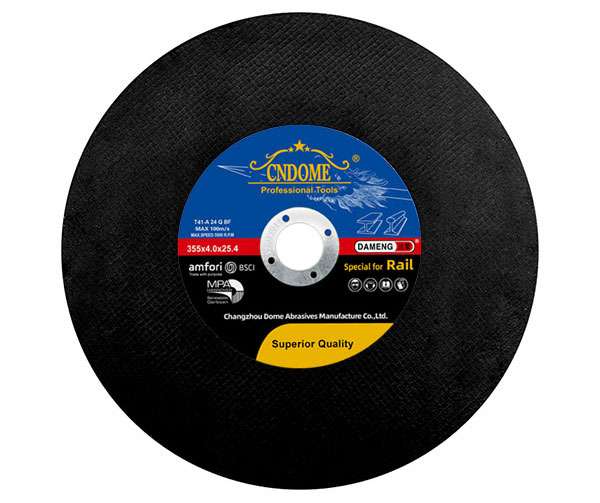Shipbuilding is a demanding industry that requires the use of specialized tools and equipment to maintain high productivity and safety standards. Among these essential tools, shipyard cutting wheels play a pivotal role in ensuring fast, precise, and efficient cutting of materials. Whether you’re cutting steel beams, plates, or other tough materials, the right cutting wheel can make a significant difference in the speed and quality of the work.
Here’s everything you need to know about shipyard cutting wheels, their importance, and how to choose the best one for your job.
What Are Shipyard Cutting Wheels?
Shipyard cutting wheels are a specific category of abrasive wheels designed for heavy-duty applications in the shipbuilding industry. These wheels are engineered to cut through the thick, tough materials typically found in ship construction, such as high-tensile steel, alloy steel, and other dense metals used in ship hulls, decks, and superstructures.
These cutting wheels are designed to handle the challenging conditions of shipyards, where precision, efficiency, and safety are paramount. They are typically available in various sizes and materials, depending on the specific application.
Key Features of Shipyard Cutting Wheels
- Durability and Toughness
Shipyard cutting wheels are built to withstand the harsh environments of a shipyard. Their construction is reinforced to resist wear and tear, making them ideal for heavy-duty tasks. They are designed to last longer, reducing downtime and increasing productivity. - High Cutting Performance
These cutting wheels are optimized for high-speed cutting of thick metal and steel. Their advanced abrasive formulation ensures clean, precise cuts with minimal sparks and heat generation, reducing the risk of damage to the materials being worked on. - Safety Features
Given the high-risk environment of shipyards, safety is a key consideration. High-quality cutting wheels are designed with safety in mind, often featuring reinforced fiberglass or steel cores to prevent breakage during operation. They also provide stable, vibration-free cutting to minimize the risk of accidents. - Versatility
Shipyard cutting wheels come in different shapes and sizes, making them versatile tools for various tasks, including cutting steel beams, pipes, plates, and even large ship components. Some wheels are designed for specific materials, such as stainless steel or aluminum, while others can handle a wide range of metals.
Types of Shipyard Cutting Wheels
- Abrasive Cutting Wheels
Abrasive wheels are commonly used for cutting through tough metals in the shipbuilding process. They are made from various abrasive materials, such as aluminum oxide or zirconia, and offer high cutting efficiency and precision. - Diamond Cutting Wheels
Diamond wheels are ideal for cutting through extremely hard materials, such as steel plates or thick pipes. These wheels have a higher durability than abrasive wheels and can maintain their cutting power over extended periods, even under intense conditions. - Metal Cutting Discs
Specifically designed for cutting metals, these discs are a popular choice in shipyards due to their fast cutting capabilities. These discs are often reinforced with fiberglass to enhance their strength and reduce the risk of shattering.
Choosing the Right Shipyard Cutting Wheel
When selecting a cutting wheel for shipyard work, it’s essential to consider several factors to ensure optimal performance:
- Material Compatibility
Different cutting wheels are designed for different materials. Always choose a wheel that is suited for the material you’re working with, whether it’s mild steel, stainless steel, cast iron, or aluminum. - Wheel Size and Thickness
The size and thickness of the cutting wheel will directly affect its performance. A larger wheel will provide greater cutting depth, while a thinner wheel offers faster cutting speeds. However, thicker wheels are better for cutting harder materials. - Cutting Speed and Efficiency
Look for cutting wheels that offer a balance between speed and efficiency. Shipyard work often involves long hours of cutting, so the faster and more efficient your wheel, the less downtime you’ll have. - Safety Ratings
Make sure the cutting wheels you choose are tested for safety and have the appropriate safety certifications. This ensures they won’t break during operation and will minimize the risk of accidents.
Best Practices for Using Shipyard Cutting Wheels
- Use the Right Wheel for the Job
Always ensure that you’re using the correct type of cutting wheel for the material and thickness you’re working with. Using the wrong wheel can lead to inefficiency and even damage to the workpiece. - Wear Proper Safety Gear
Shipyard cutting operations can be hazardous, so always wear the necessary protective gear, including goggles, gloves, ear protection, and a dust mask. - Keep the Work Area Clean
A clean work area helps to minimize accidents and improves the cutting process. Remove debris and ensure that there is adequate ventilation, especially when working with materials that produce sparks or smoke. - Regular Wheel Maintenance
Inspect your cutting wheels regularly for any signs of wear, damage, or cracks. Always replace damaged wheels to maintain safety and cutting performance.
Conclusion
Shipyard cutting wheels are indispensable tools for shipbuilding, offering superior performance and durability in challenging environments. Whether you’re cutting steel plates, pipes, or beams, choosing the right cutting wheel can make all the difference in terms of efficiency, precision, and safety. By considering the type of material, wheel size, and safety standards, you can ensure that your shipyard operations run smoothly and safely, ultimately improving the overall productivity of your shipbuilding projects.
Do you have any tips for working with cutting wheels in shipyards, or want more details about specific wheel options? Let us know in the comments below!




